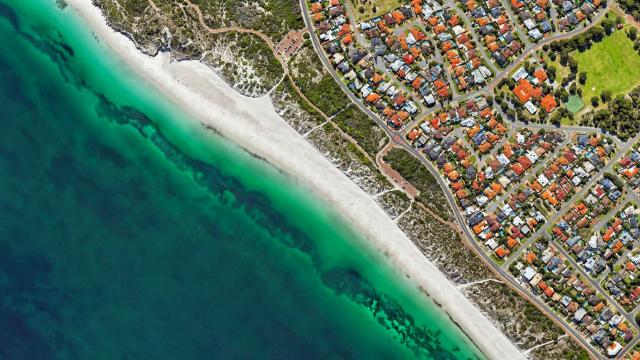
Nature and Spatial Finance
Below is a selection of our current sustainable finance projects and publications.

Nature and Spatial Finance
We have taken nature as the basis of all human economic activity for granted. The economy and the finance sector depend as well as impact nature. Financial decisions need to take these risks and opportunities into account. To date such assessments have been difficult. However, with the advance in geospatial and earth observation data combined with artificial intelligence and machine learning, new opportunities are rapidly developing to manage risk, opportunity and impact. This new and emerging field is called Spatial Finance.
Through the application of the WWF-SIGHT data and tool, WWF-UK has been developing case studies and engagement with the finance sector for a number of years. We now actively advocate for spatial finance approaches and tools to be rapidly provided by third party data providers and adopted by finance institutions.

The biodiversity data puzzle
This report in collaboration with Maxar, with input from OS-Climate, Carnegie Mellon University, Google, and others looks at how, via geospatial approaches, we might produce improved insights into the ‘ecosystem and biodiversity’ impacts of any given company. With the goal of supporting environmental, social and governance (ESG) insights to aid financial institution’s ‘nature-related’ decision making.
To help catalyse ongoing discussions in this space, the report outlines amongst other topics, potential approaches for establishing ‘biodiversity baselines’, assigning impact within fixed area delineations (to avoid issues around causation and aid adjustment to landscape/ecosystem condition), quantification via peer-to-peer comparison and transportation and supply chain aggregation. In short, ways in which we might being to standardise geospatial ESG approaches for nature-related impacts.
The report concludes that although there is significant opportunity in this space - the emerging field is limited by a lack of access to asset data (data defining the location of commercial operations) and supply chain data. To enable the flow of this data between actors we propose the need for a ‘data commons’. Advocating the need for an international ‘centre’ to oversee the development of the commons, standards, and best practice, to aid the rapid development of the emerging field of Geospatial ESG.
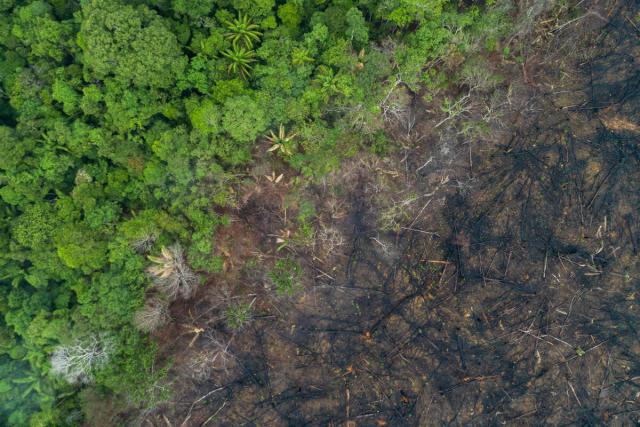
Geospatial ESG
This report with the World Bank, Global Canopy and many other contributors asks the question, what can be achieved now with geospatial ESG driven techniques to better understand the environmental impact of companies?
The paper shows that, via a triangulation of data methods (GIS, Remote Sensing, machine leaning, etc), it is increasingly possible to gain robust independent insight. Not only into which companies, and nations have assets in ‘environmentally sensitivity’ sites, but also insight into the extent of the initial and ongoing environmental high-level impact. Often this is possible across entire sectors enabling local, peer, or global comparisons. To demonstrate this the paper runs through three case studies at the 1) asset 2) company and 3) sovereign level within Brazil. Showing in detail how such data approaches are run, highlighting the various trade-offs and complications but also their applicability at differing scales and with data gaps.
Today, the world of geospatial ESG is at an exciting point in time, where arguably the potential is only just beginning to be recognized and explored in the mainstream. It is encouraging to see that many actors are developing more robust solutions in this space. Combined with future improvements in remote sensing and ground data collection, it can be expected that significant gains in this space will be achieved in the near-term.
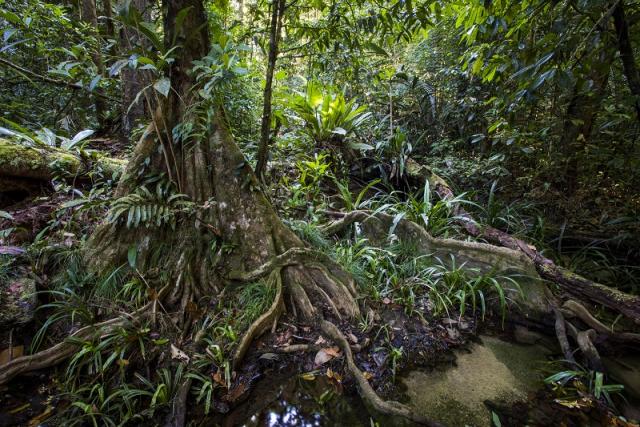
Spatial Finance: Challenges and opportunities
This joint WWF-World Bank report tackles the Environment pillar of ‘Environmental, Social and Governance’ issues - a critically underexplored issue for the financial industry. The report identifies key barriers, but crucially describes potential solutions within the emerging field of ‘spatial finance’, which complements existing ESG data streams, and outlines for the first time a robust taxonomy for the field.
Along with insights from global thought leaders and practitioners, the report provides case studies from cutting-edge start-up technologies, such as methane detection from space, and perspectives of established financial data providers, such as Bloomberg and S&P Global. It concludes by outlining the role of the environmental non-profits, as key data holders, in supporting the field, and suggesting a strong dialogue between climate and environmental data experts and the financial sector to determine needs and iteratively develop data solutions.
Finally, we argue that such a holistic climate and environmental data portfolio should become a global public good.
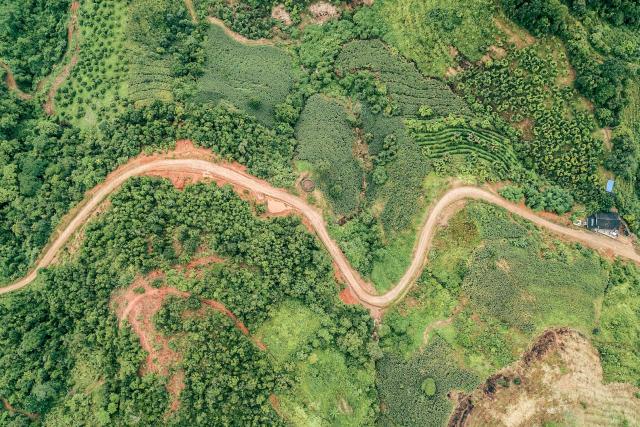
Satellites and Sustainability: new frontiers in sovereign debt investing
WWF collaborated with Invested Asset Management on research to explore the use of geo-spatial data and satellite imagery to assess and monitor environmental risk in sovereign debt investing. At the end of 2018, an estimated US$66 trillion of sovereign debt was outstanding, constituting a significant proportion of the assets in the global bond market. Given the size of this asset class and the positive influence bondholders can exert on governments, the engagement of sovereign debt investors will be critical in moving towards the sustainable management of our planet's natural resources.
We argue that spatial finance approaches and methods have huge potential to improve the engagement with sovereign debt issuers and for assessing countries environmental risk and opportunities for recovery.
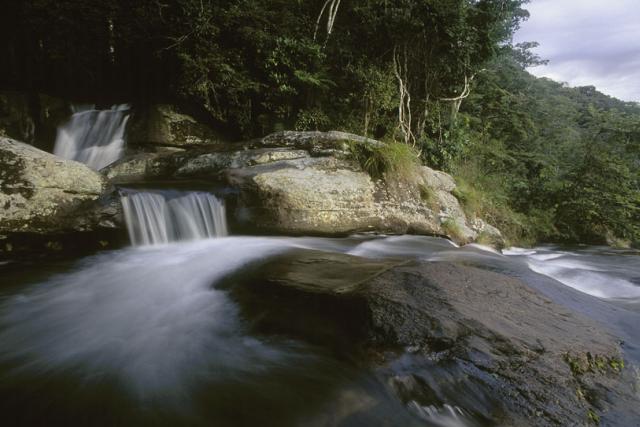
Climate and Nature Sovereign Index: a new framework to assess climate and nature risk
WWF and Ninety One (formerly Investec Asset Management) have developed a pilot Climate and Nature Sovereign Index (CNSI). It is an important first step to harness the power of sovereign debt investing to towards safeguarding nature.
This index is based on an innovative framework, which uses real-time and forward-looking indicators to assess long-term risks relating to climate change and nature loss at a country level. Such a framework should not only help achieve a more robust integration of environmental risk in the sovereign debt asset class, but also help countries in designing appropriate policy and institutional mechanisms that can make their borrowing more attractive and sustainable in the long term.
Employing the index in combination with new financing mechanisms would also help private and public sovereign debt investors to engage with countries in the post-COVID-19 recovery phase and help them transition to a sustainable trajectory that will make their investments more resilient to climate and nature-related and other risks alike.
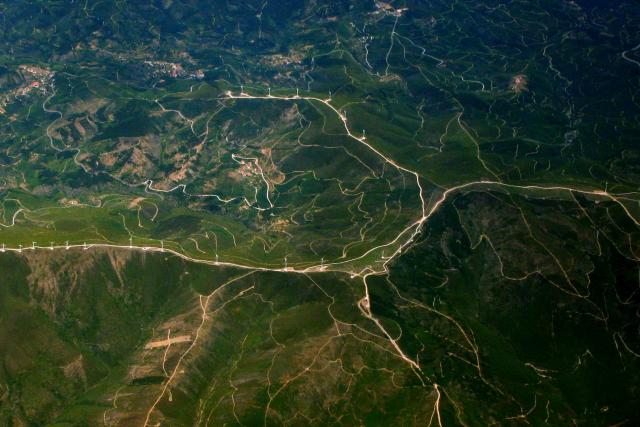
SIGHT tool
WWF-SIGHT enables us to engage at an early stage with governments, companies and investors. It allows us to enter into constructive dialogue about alternative and more sustainable land-use and development scenarios that would avoid possible damage to wildlife and habitats and the associated business risks. Find out more or watch our video.
Our World Heritage Site Report
'Safeguarding Outstanding Natural Value' is our joint report with Aviva Investors and Investec Asset Management, launched in September 2015. This report focuses on the role of institutional investors in protecting natural World Heritage sites from extractive activity. It for the first time produces a global figure of potential threat of the extractive activity to natural World Heritage Sites based on geo-spatial overlap analysis.
 Why is Sustainable finance important?
Why is Sustainable finance important?
 Why it's important that we value nature
Why it's important that we value nature
 Learn about our work with businesses
Learn about our work with businesses